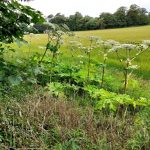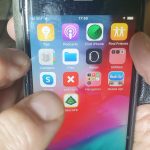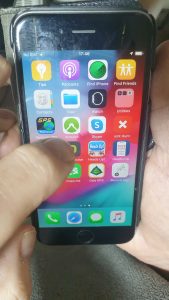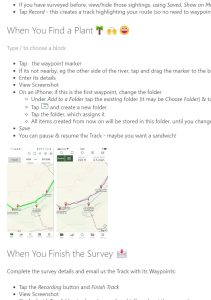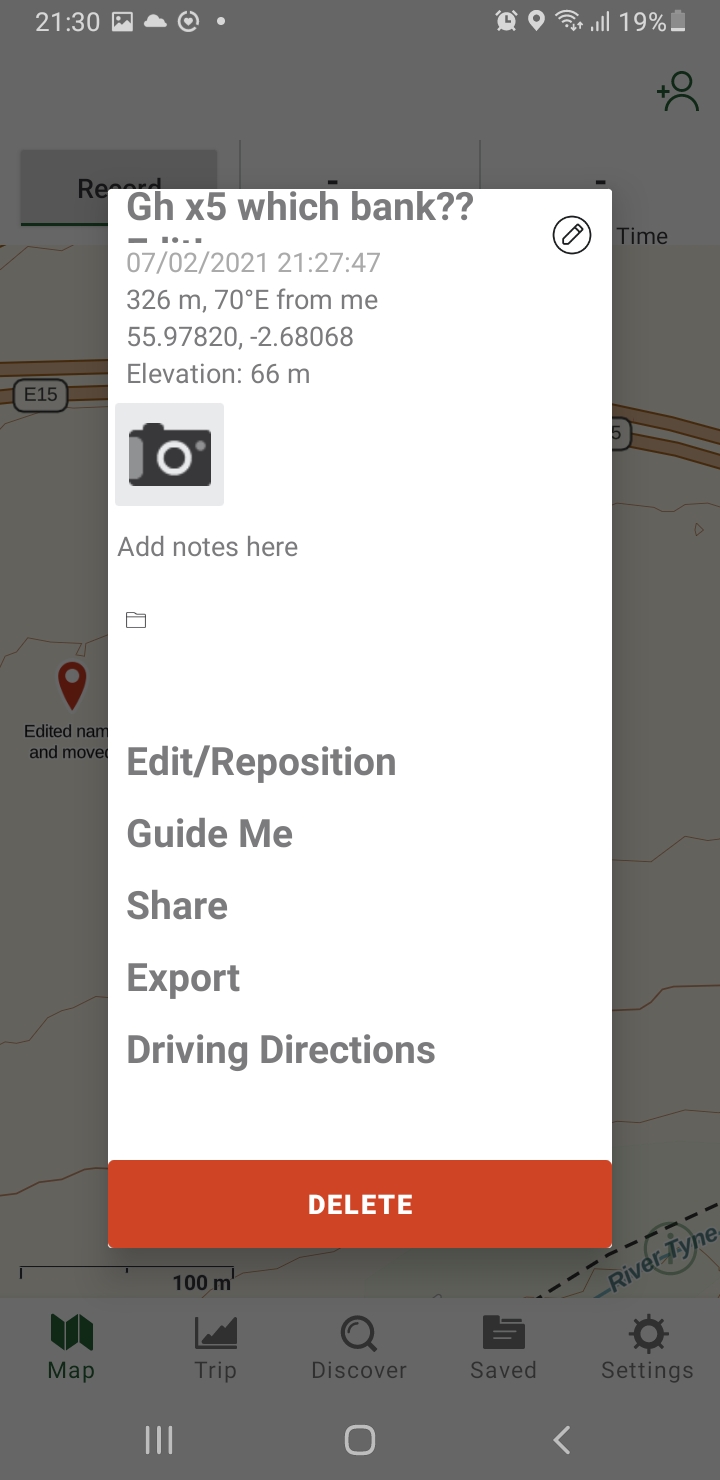(or go to the main Hogweed page)
📆 When to Survey?
Ideally we survey three times, around mid-April, again in May, and then a “green-tick” inspection in June.
- Early: Plants usually appear in the same places, but this is still useful to the landowners; but is also vital for our annual statistics
- Later: To spot any new plants that have grown, or have been missed, to help the landowners spray again.
- Final: Is vital to spot any plants which have escaped attention (as by now they will likely be flowering, if not worse, in seed). On this ‘green tick’ survey we take a spade and bags. so any remaining plants can be dealt with. Then we can confidently put a green tick on the map!
🌴☘️How to Recognise?🌱🌵
You need to become familiar with what the plant looks like, whether its young or mature – hopefully you will never see a flowering one, but vital to recognise if you do! Useful guides are:
- NNSS Leaflet or WildFoodUK ?website.
- It’s very easy to confuse with the much more Common Hogweed, even other Umbellifers.
- You also want to be able to identify Japanese Knotweed and Himalayan Balsam (and as a seedling).
Read these and then test yourself with our Quiz – which has easy, medium and hard questions!
🎵 What to Record 🎵
We want to record all the details we can, to help the landowner find them, and to monitor our overall progress
- Route
- Start & End a Track
- Plant
- GH for Giant Hogweed
- JK for Japanese Knotweed
- HB for Himalayan Balsam
- or anything else noteworthy
- Quantity
- eg x5
- For JK/HB estimate the area, eg 20sqm
- Status
- eg small, medium, large, flowering (hopefully not!)
- Bank
- Which side of the river its on, eg left bank (looking downstream)
- Your initials, eg DQ
- Any other useful info (if long, put in Notes), e.g.
- Under tree; Hidden in bushes; opposite gate
- looks sprayed
- still not been treated despite 2 previous reports
- Dead, but has full seed head – must have been missed last year
- NB: Timestamp is automatic
- Location, Date & Time get automatically recorded & exported by the software
Examples:
- GH x5 3ft left bank hidden in willows. DQ
- GH x1 flowering in woods off right bank. Reported in April but still there!
- JK 30sqm island by West Bank. Look as if sprayed
- Couldnt survey 20m upstream of here, too overgrown. DQ
??Why Record All This??
- Bank: It is important to record on which side it is of any un-crossable barrier, like the river, or a railway, or road, as this is key for anyone planning to treat it, especially as it’s often a different landowner.
- Unsurveyed: If there’s a section you just can’t see well enough to survey, please record that as a waypoint too, so we know where hasn’t been checked. This could be overcome by scouting from the opposite river bank, or entering the water with waders, which some of us have, or you can borrow from the council rangers.
- Seen Before: If you spot a plant you have reported before (this year), please do report it again, and indicate this. It means no one has yet dealt with it, so will prompt us into further action (and means more accurate stats).
- Initials: Adding your name/initials can be helpful later if there are queries
- Track: If you forget to record a Track, record a waypoint at the start and end of the survey
📱How to Record using Gaia📱
We use a free app called Gaia – see their website here. It is available on both Android and iPhones, although they look slightly different. See how to install here. Note that it was updated last Autumn – mostly just cosmetic changes. The video and crib sheet below reflect this new version.
NB: If you still have Motion-GPX installed on your iPhone, or GPS-Navigator on Android, please replace it with Gaia – it makes it simpler for us to process.
On the survey you:
- Record a Track, which plots the route you cover
- Record a Waypoint for each plant you spot (or anything else)
- Email the Track & Waypoints, using Export
- On Android you export the Track, and all its waypoints are automatically included
- On iPhones you assign them all to a folder, and export that.
NB: Before you even leave the house, make sure the phone is fully charged up, because GPS drains the battery fastl
Practice!
We strongly recommend you practice this before you do it for real
- Outside, e.g. in the garden, so GPS works
- Email us your test results, and we’ll give you feedback
- Hide or delete your practice afterward (using Saved)
Key links
- Web Pages
- Emails
- Maps
Any questions – contact us!

